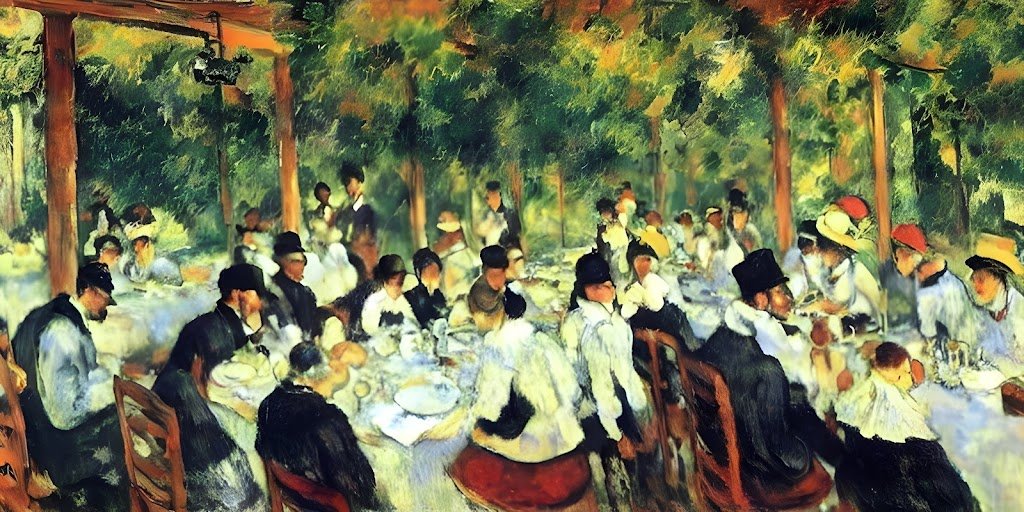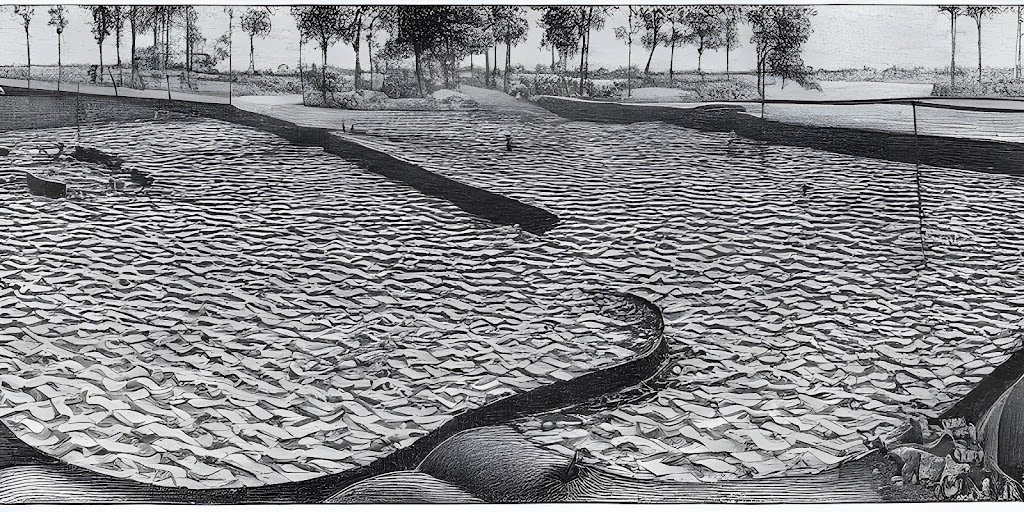A catering service wants to determine the optimal menu for a wedding reception
Objective: The objective of the catering service is to maximize the satisfaction of the guests while minimizing the cost of the menu.
Constraints:
- Budget constraint: The total cost of the menu should not exceed the budget of the wedding reception.
- Dietary restrictions: The menu should meet the dietary restrictions of the guests, such as vegetarian, gluten-free, or halal.
- Food availability: The catering service should consider the availability of the ingredients while selecting the menu.
- Menu variety: The catering service should ensure that the menu offers a variety of dishes and beverages to satisfy the guests.
- Guest preferences: The catering service should consider the preferences of the guests, such as favorite cuisine or dishes.
Mathematical formulation:
Let M be the set of menu items.
Let C(m) be the cost of menu item m.
Let S(m) be the satisfaction score of menu item m.
Let x(m) be a binary variable indicating whether menu item m is included in the menu or not.
The objective function can be formulated as:
Maximize ∑(m∈M) S(m) * x(m)
Subject to:
- ∑(m∈M) C(m) * x(m) ≤ Budget
- ∑(m∈M) x(m) = Number of menu items to be selected
- x(m) = 0 or 1 (for all m∈M)
- Dietary restrictions are met for all menu items
- Availability constraints are satisfied for all menu items
- Menu variety constraints are satisfied
- Guest preferences are considered
The above formulation is a Mixed Integer Linear Programming (MILP) problem, which can be solved using optimization solvers like Gurobi or CPLEX. The solution obtained from the optimization problem provides the optimal menu that maximizes the satisfaction of the guests while minimizing the cost of the menu, subject to the given constraints.
Here’s an example of a catering service problem that can be solved using the Python Pulp library:
Problem Statement:
A catering service needs to decide how many plates of food to prepare for an upcoming event. They have three menu options: chicken, fish, and vegetarian. The cost per plate is different for each menu option, and there are minimum and maximum requirements for each menu option. The catering service wants to minimize the cost of food while still meeting the minimum requirements and not exceeding the maximum requirements.
Menu Options:
| Menu Option | Cost per Plate | Minimum Required | Maximum Allowed |
|---|---|---|---|
| Chicken | 10 | 50 | 100 |
| Fish | 12 | 20 | 70 |
| Vegetarian | 8 | 30 | 120 |
import pulp
# Create the problem variable
problem = pulp.LpProblem("Menu Optimization", pulp.LpMinimize)
# Define the decision variables
chicken = pulp.LpVariable("Chicken", 50, 100, cat="Integer")
fish = pulp.LpVariable("Fish", 20, 70, cat="Integer")
vegetarian = pulp.LpVariable("Vegetarian", 30, 120, cat="Integer")
# Define the objective function
problem += 10 * chicken + 12 * fish + 8 * vegetarian
# Define the constraints
problem += chicken + fish + vegetarian >= 100
problem += chicken <= 75
problem += fish <= 50
problem += vegetarian <= 80
# Solve the problem
problem.solve()
# Print the optimal solution
print("Optimal Menu:")
print("Chicken:", chicken.value())
print("Fish:", fish.value())
print("Vegetarian:", vegetarian.value())
Explanation:
First, we create a new LP problem using the LpProblem function. We name the problem “Catering Service Problem” and set the objective to minimize the cost of food. We then define decision variables for each menu option, with the appropriate minimum and maximum values.
Next, we define the objective function as the sum of the cost per plate for each menu option multiplied by the number of plates of that option. We then define the constraints, which include a total minimum requirement of 200 plates, and minimum and maximum requirements for each menu option.
Finally, we solve the problem using the solve function, and print the optimal solution and objective value. The solution tells us how many plates of each menu option to prepare in order to minimize the cost of food while meeting the requirements.


